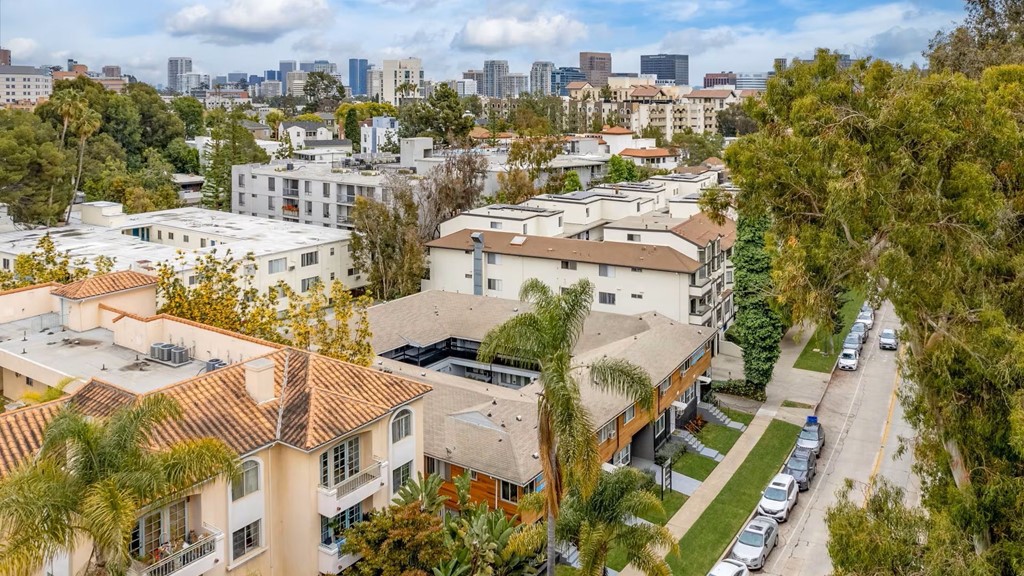LA Council Approves Biggest Rent Control Overhaul in 40+ Years
LA City Council Approves Major Rent Control Overhaul
Roughly 650,000 rent-controlled units—74% of the city’s multiunit rental stock—will be affected by the most significant updates to the Rent Stabilization Ordinance (RSO) in more than 40 years.
Regulatory Headwinds Mount: New RSO cap adds pressure for LA Multifamily investors against rising interest rates.

The new formula sets the allowable annual rent increase for RSO apartments between a 1% floor and a 4% cap, tied to 90% of the Consumer Price Index (CPI). This replaces the old system’s 3%-8% range and effectively creates smaller, more predictable rent hikes for tenants.
Key Policy Changes:
-
New Formula: Annual rent hikes set at 90% of CPI, between a 1% minimum and 4% maximum.
-
Utility Add-ons Eliminated: Removes the additional 1%-2% increase landlords could previously charge for covering gas and electricity utilities.
-
Effective Date: The changes are pending final drafting by the City Attorney and a ratifying vote, with an expected effective date likely before many tenants face their next rent increase in February.
The 12-2 vote follows tense public debate, with advocates like Councilmember Nithya Raman arguing the change is essential for housing affordability, while landlord groups and some economists, like Beacon Economics’ Christopher Thornberg, warn the new caps may discourage investment, lead to deferred maintenance, and ultimately lower the supply of affordable housing.
This regulatory shift occurs against a backdrop of L.A. County market stabilization, as outlined in our latest Multifamily Market Outlook report, L.A. County Multifamily Market Shows Stable Rents, Rising Vacancy, and Stronger Investment Activity in Q3 2025. The report indicates that while market fundamentals are holding—with stable rents and increased transaction volume—the new RSO now introduces a major new regulatory headwind for investors:
-
Rents and Vacancy: Average asking rent dipped slightly quarter-over-quarter, while the vacancy rate rose to 5.1%, driven by slowing household formation and affordability constraints.
-
Investment Activity: Sales volume accelerated 26.3% from Q2, with the median sale price declining to $257,321 per unit, reflecting price revisions and a renewed investor appetite for discounted opportunities.
-
Development Slowdown: New construction activity continues to contract, with units under construction declining 21.9% year-over-year, indicating a pipeline slowdown that will eventually restrict supply.
The market remains fundamentally supported by long-term housing demand, but the new, stricter Rent Stabilization Ordinance will be a defining regulatory consideration for investors, especially against existing pressures from high interest rates, operating costs, and the Measure ULA transfer tax.


































































